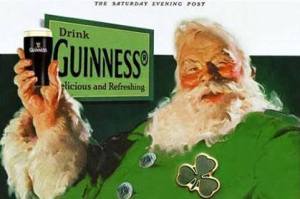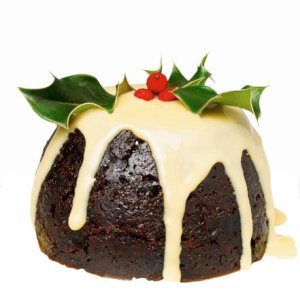
One of Ireland’s unique and darker traditions, celebrated on December 26th, relates to killing a small bird in revenge for betraying St Stephen.
“Hunting the Wren” is an Irish tradition that is believed to pre-date Christian times. It sounds pretty cruel, where basically the tiny bird is captured, killed and tied to a pole. Local musicians and dancers would then dress in garish disguises and go house to house collecting money, food and drink for a party. Woe betide the house that did not donate to the cause – the wren could be buried outside their door which would bring 12 months of bad luck!

King of the Birds or Traitor of Saints??
The wren is considered the ‘King of the Birds’ and is also associated with the old year. It was said that capturing the bird alive would herald in a new and prosperous year. As the king of the birds the wren occupied a prominent position in the druidic pagan religion. Sailors and fishermen believed that those who possessed a wren feather would never be shipwrecked.
Legend has it that the wren was a small feathered traitor, but legend cannot agree if this dubious reputation was earned by betraying a saint’s hiding place, ruining a secret attack by Irish warriors or by being a fairy seductress – all intriguing in their own right.
One version of the story tells that St Stephen was hiding in a bush from his enemies, only for his hiding to be revealed by the chattering of a wren. Another maintains that in the 700s during the Viking troubles, when Irish warriors crept up on the Danes to attack, a little wren beat out a warning by picking crumbs from the drum held by a sleeping Viking. And lastly, there was a fairy woman called Cliona was in the habit of luring local men to a watery grave. She had the power to turn herself into, you’ve guessed it, a wren.

An Irish St. Stephen’s Day Tradition
The feast of St. Stephen, who was the first Christian martyr, is celebrated on December 26th. Connecting the Wren Boys ritual (Lá an Dreoilín) as the day when the traitor wren betrayed St. Stephen is a good example of how Ireland’s pagan traditions were merged with Christianity (it also happened with St Brigid)
The Wren, the Wren the king of all birds,
St. Stephens’s day, he was caught in the furze.
Although he is little, his honour is great,
Rise up, kind sir, and give us a trate.
We followed this Wren ten miles or more
Through hedges and ditches and heaps of snow,
We up with our wattles and gave him a fall
And brought him here to show you all.
For we are the boys that came your way
To bury the Wren on Saint Stephens’s Day,
So up with the kettle and down with the pan!
Give us some help for to bury the Wren!
Modern Revival
Nowadays, a more humane Wren Boys is still practiced in mainly rural areas, they don’t kill the wren anymore, thank goodness. The tradition consists of “hunting” a fake wren, and putting it on top of a decorated pole. Crowds of mummers or straw boys celebrate the wren by dressing up in masks, straw suits and colorful motley clothing and, accompanied by céilí music bands, parade through the towns and villages. A celebration is still held around the decorated pole and the money that is collected from the townspeople is now donated to a school or charity.
Cautionary word of warning to all wrens – a wren’s feather is still thought to bring good luck, so maybe lie low around Christmas time…
Shop Irish at The Irish Jewelry Company and learn more about Irish traditions.







